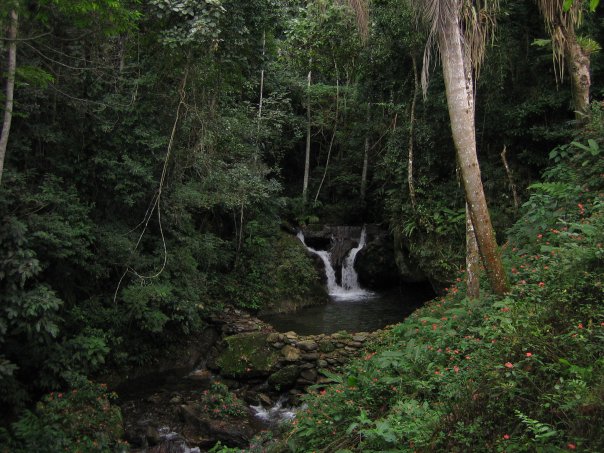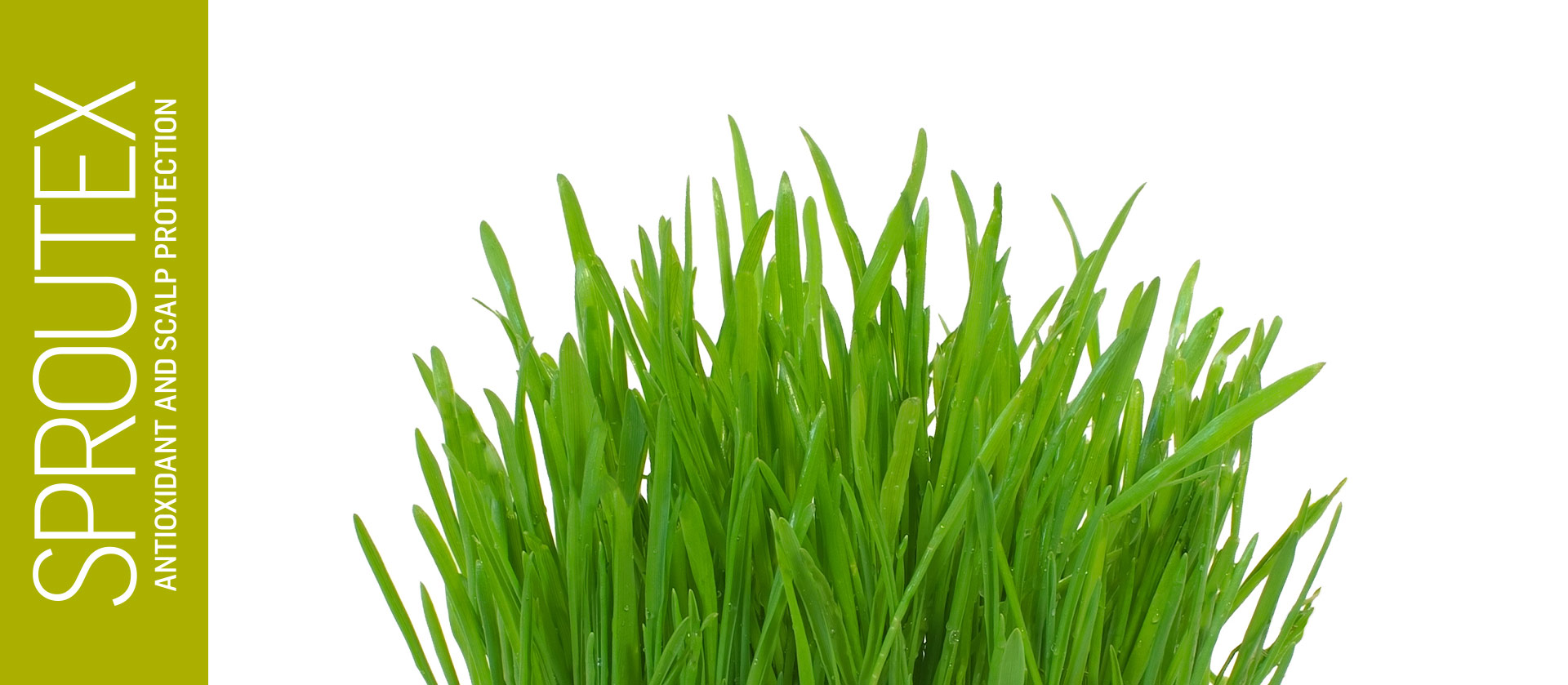
Sproutex
Produced from the cold-pressed juice of wheatgrass, SPROUTEX has important antioxidant, protective and cellular stimulation activity. It is indicated for the treatment of mature skin, protecting it from the action of pollution and UV dammage.
INCI NAME
Triticum Vulgare Sprout Extract, Sorbitol, Sodium Benzoate and Potassium Sorbate
Wheatgrass
AN EFFICIENT BIOACTIVE COSMETIC
Wheatgrass (Triticum vulgare) is obtained through the harvesting of tender shoots of the plant, cultivated in special climatic conditions, in a controlled area. Wheatgrass is rich in low molecular weight polyphenols and vitamins A, B and E.
Wheatgrass has also an excelent balance of essential minerals such as calcium, iron, potassium and magnesium, in addition to oligoelements such as selenium and zinc.
The juice, obtained by pressing the wheatgrass in its first harvest, is used as a functional food due to the high content of mineral salts, anti-oxidant polyphenols and vitamins. The following crops have a bitter taste and are discarded for consumption as a beverage. This bitter taste is caused by the high concentration of polyphenols, making it an efficient cosmetic bioactive.
Wheatgrass
Wheatgrass can be found in historical records for more than 5,000 years in ancient Egypt and even in the early Mesopotamian civilizations. There is a hypothesis that the ancient Egyptians considered the blades of young leaves of wheat sacred and prized them for their benefitial effect on health and vitality.
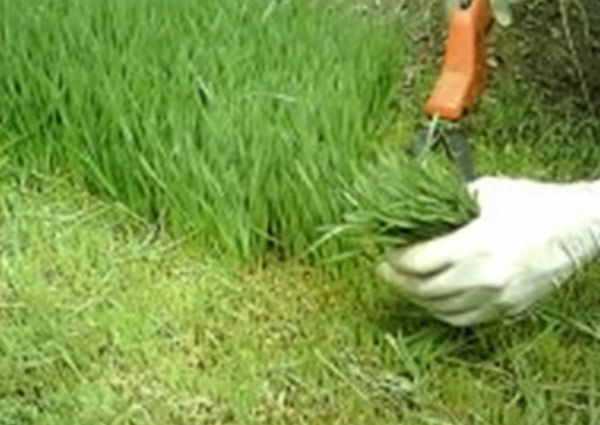
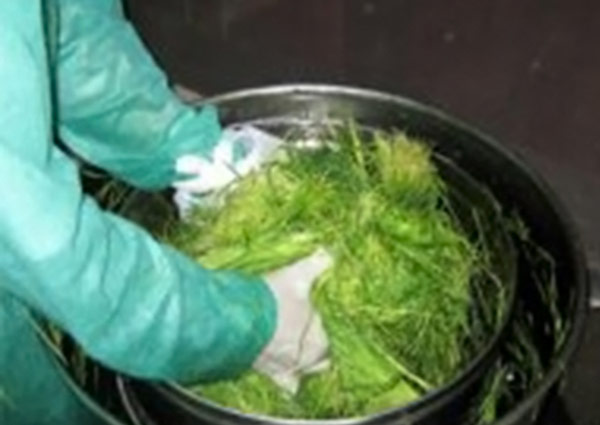
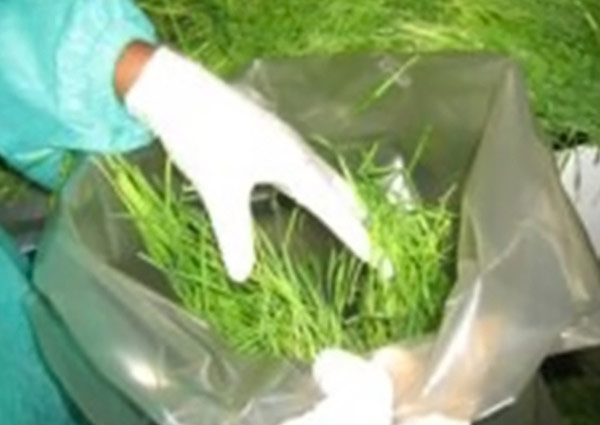
PROOF OF CONCEPT
ANTIOXIDANT ACTION
The antioxidant action of SPROUTEX is attributed to its ability to sequester hydroxyl (OH) radicals.
INHIBITION OF METALLOPROTEINASES
The action of UV radiation activates a group of enzymes (metalloproteinases) responsible for the destruction of collagen, leading to premature ageing of the skin. SPROUTEX inhibits collagen degradation.
Usage levels
Serra da Bocaina
SPROUTEX is produced from the cold-pressed fresh juice of wheatgrass, cultivated under special conditions of climate and soil, on sustainable plantations irrigated with the spring waters of Serra da Bocaina, the largest preserved area of the Atlantic Rain Forest in Brazil. Its vegetation is rich in varieties of orchids and bromeliads, many species of birds and refuge for several endangered animals. Part of this tropical ecological sanctuary that harbors the planet’s greatest biodiversity.
In this region, the proximity to the sea means that all the humidity that comes from the Atlantic is concentrated on the slopes and in the upper part of the mountains, creating a humid environment with pleasant temperatures ranging between 14 and 210C, which favored the appearance of an exuberant tropical forest.
